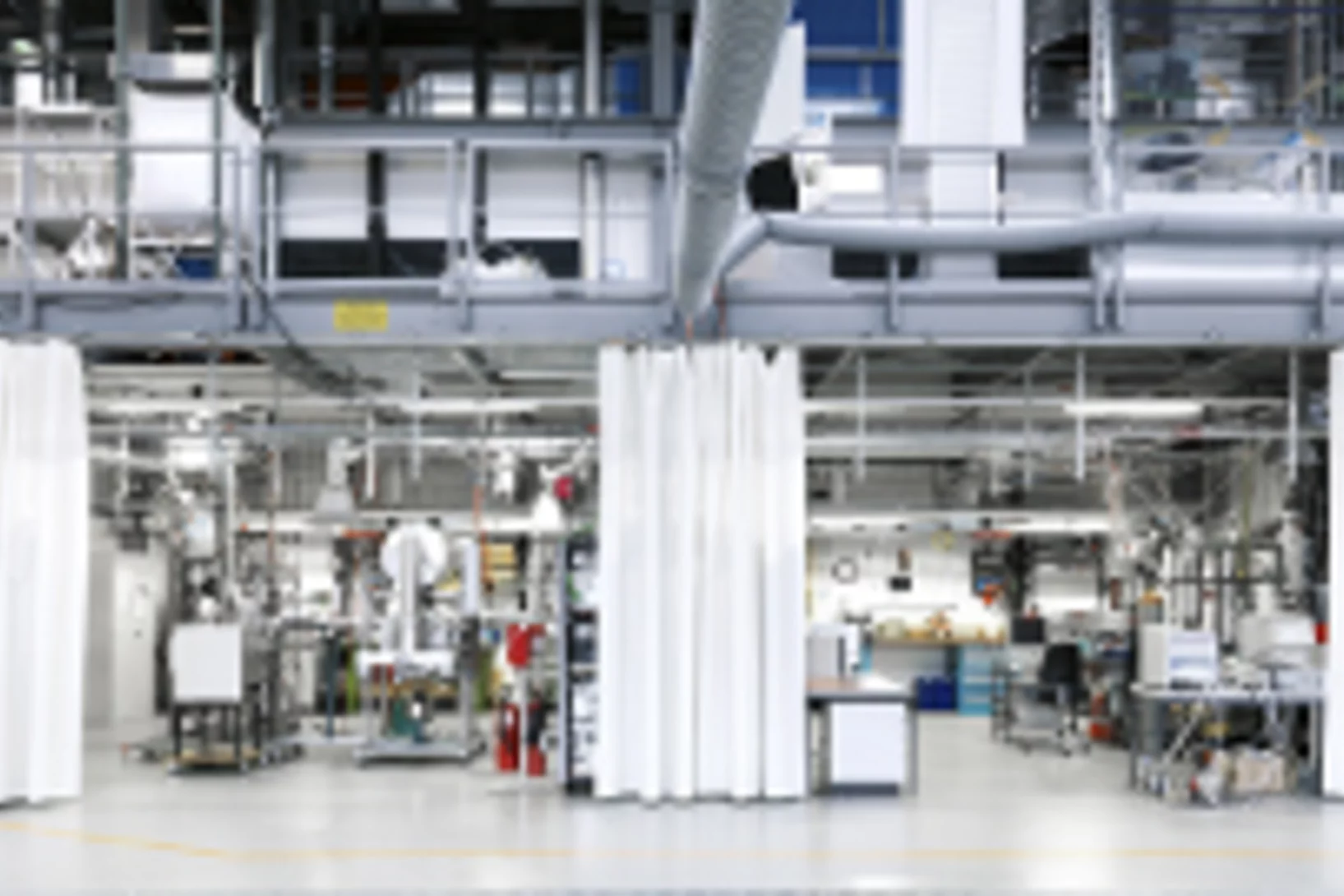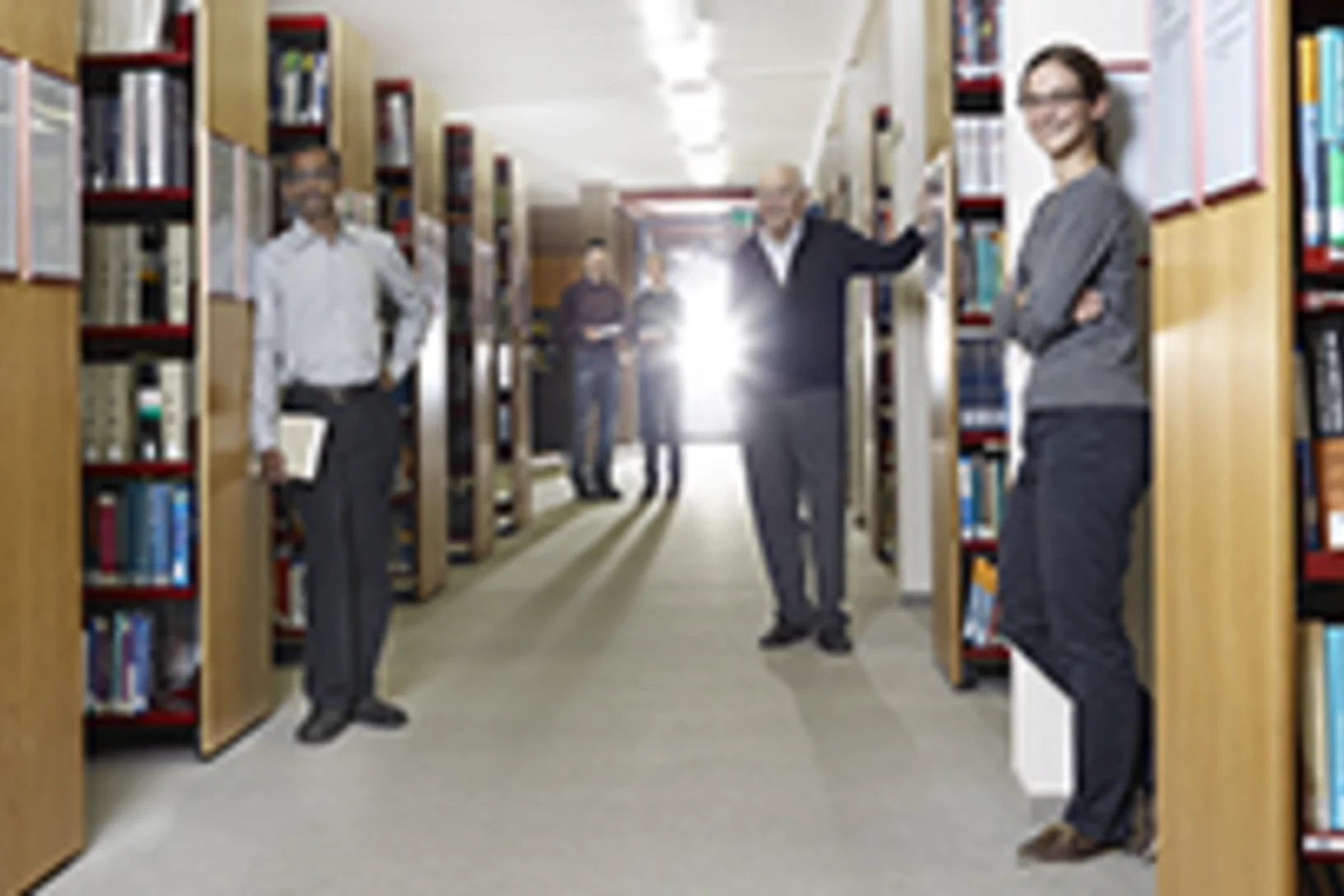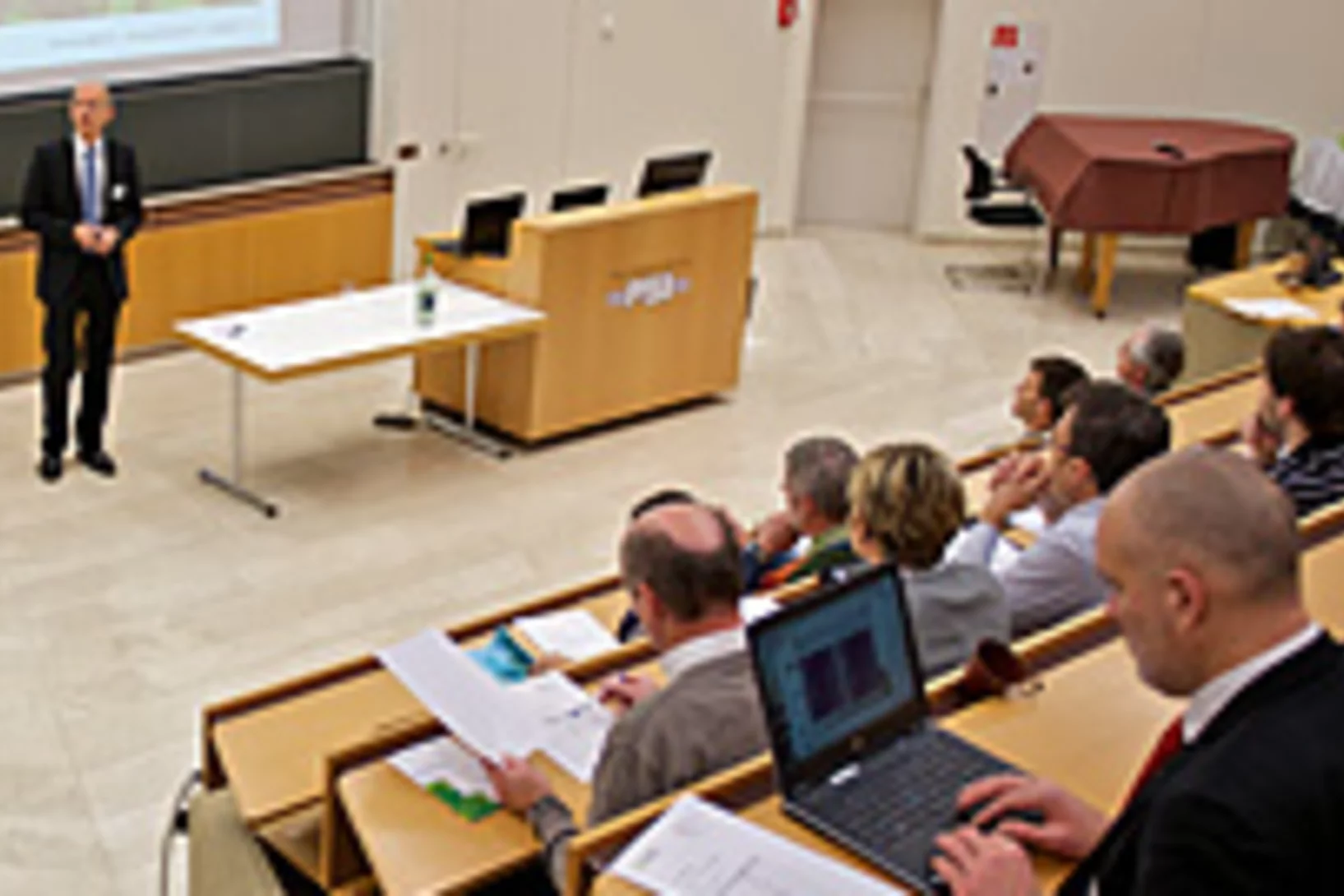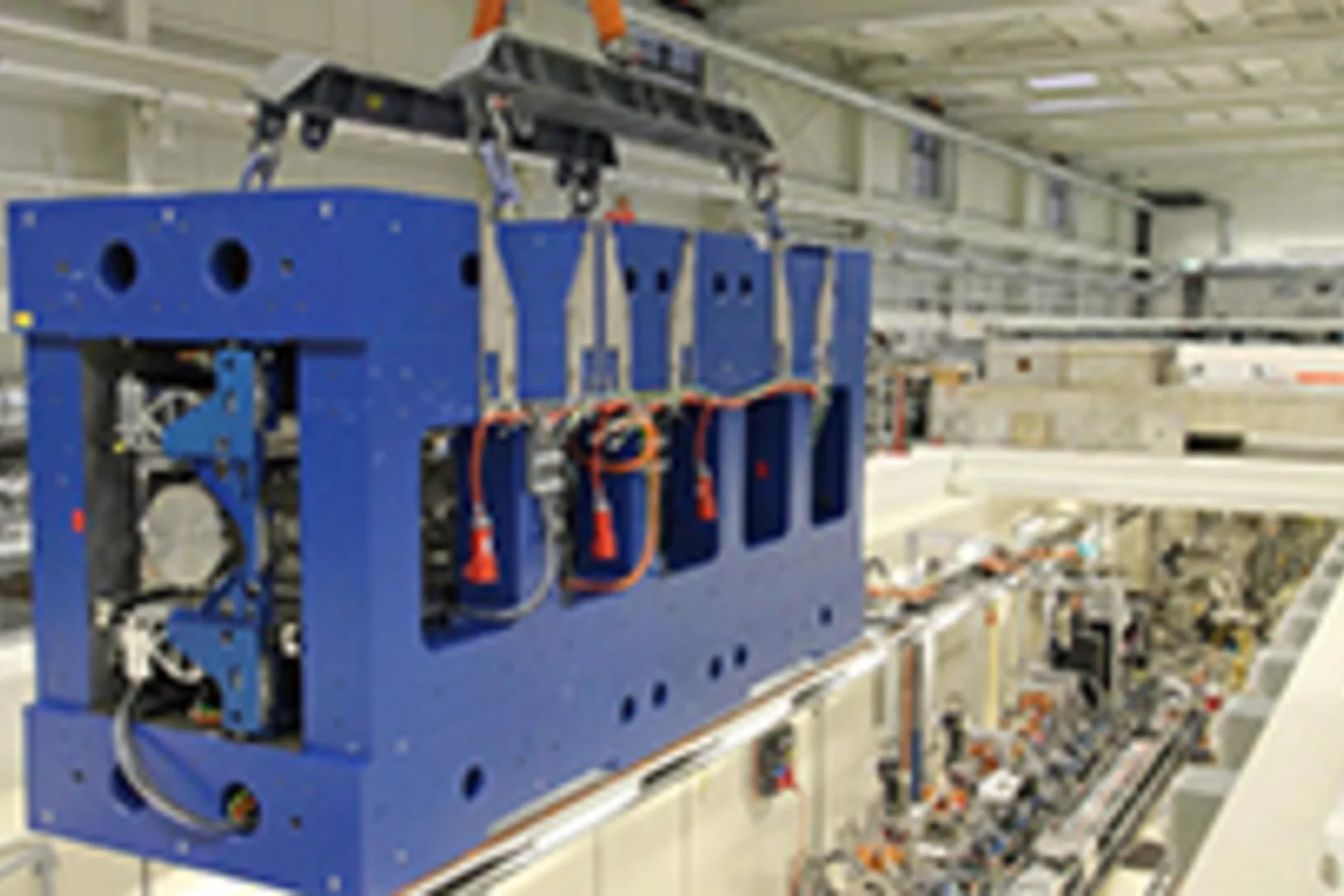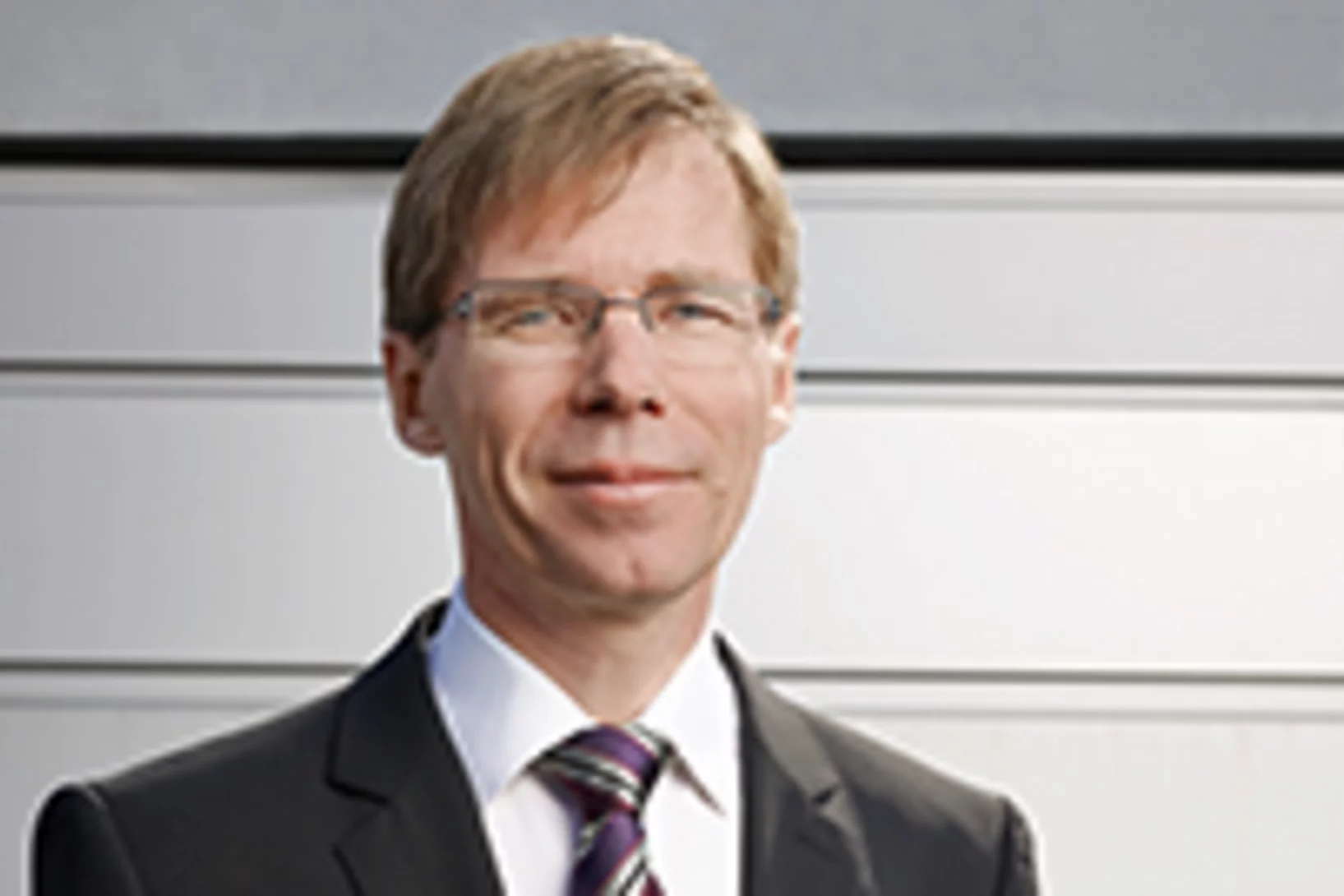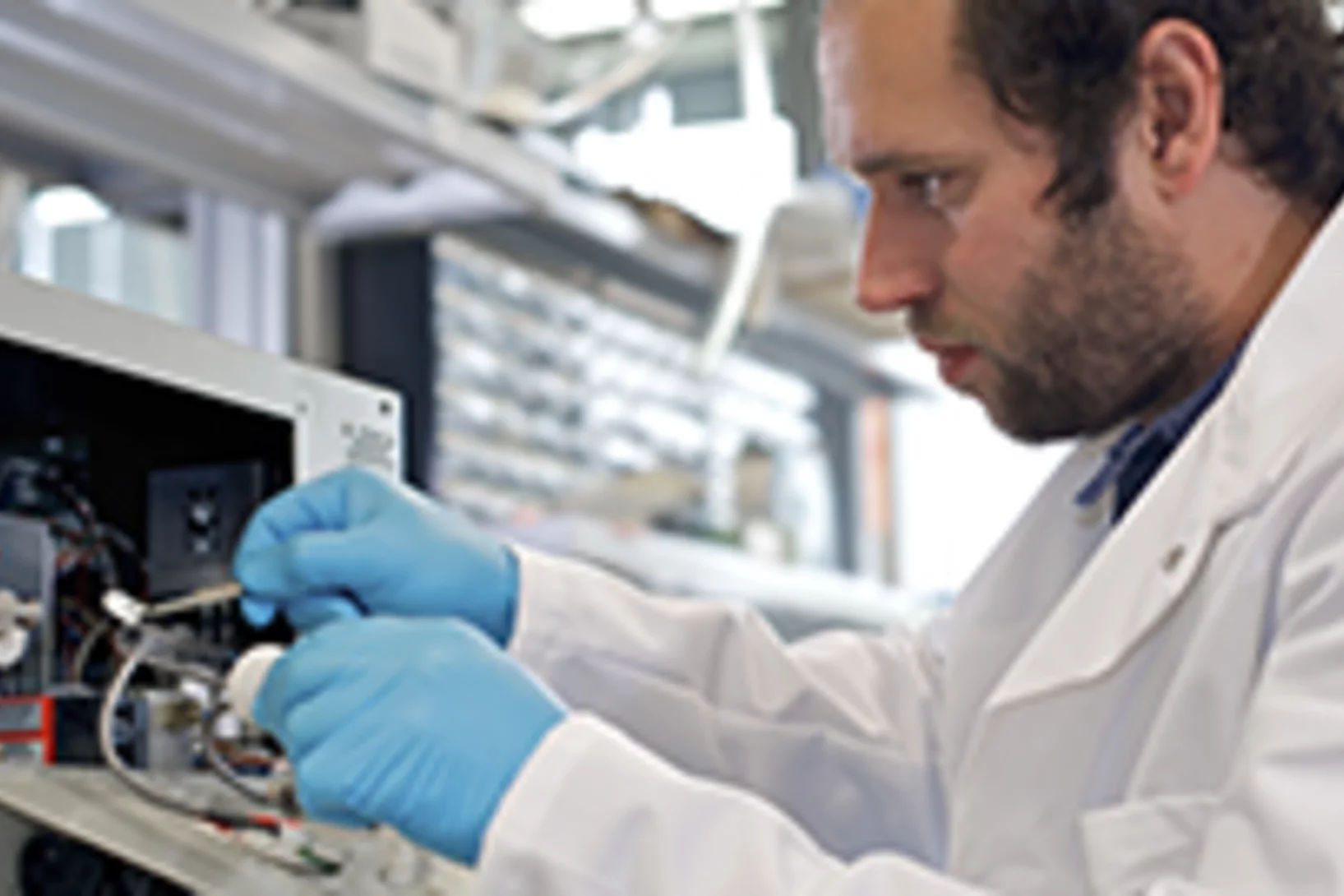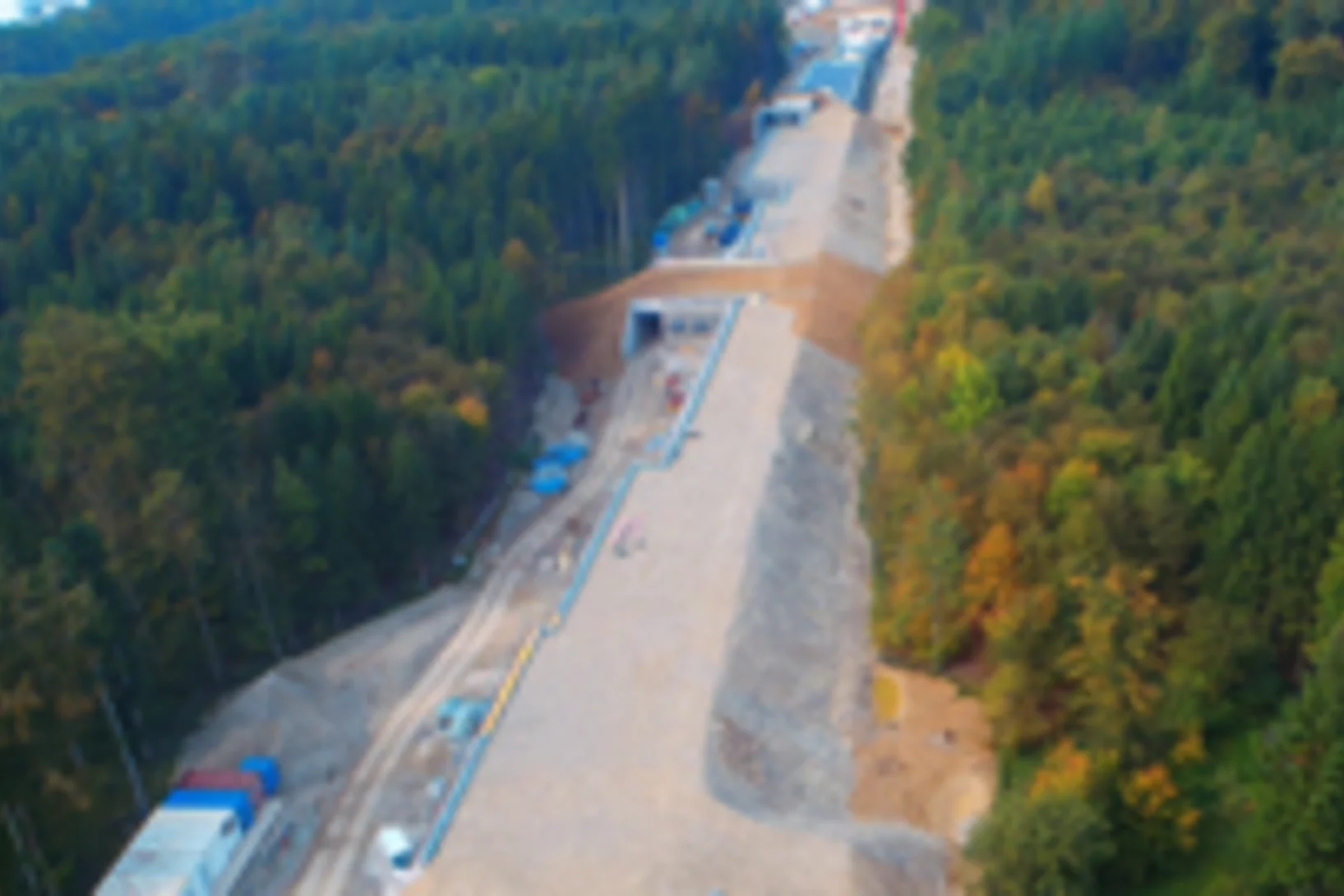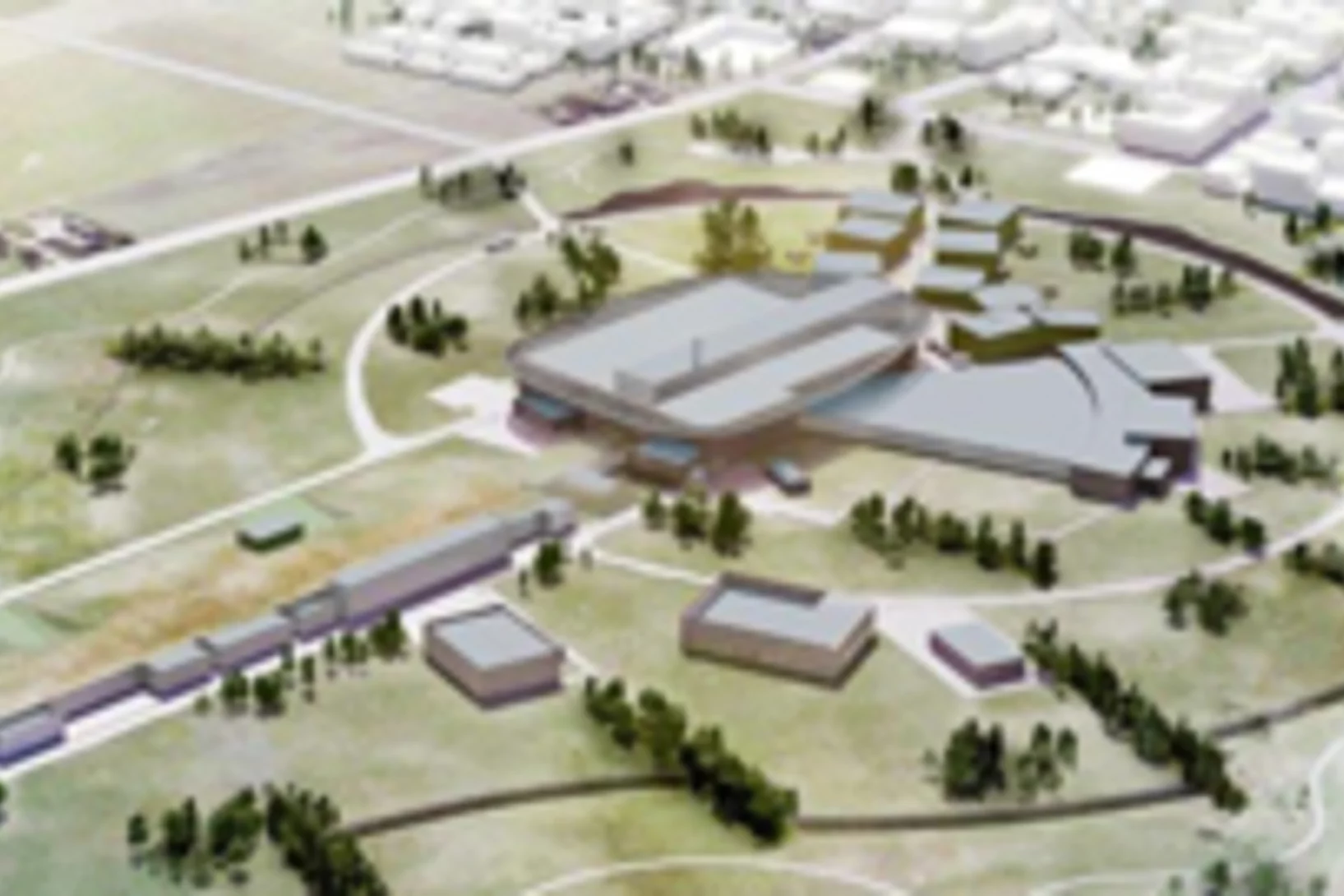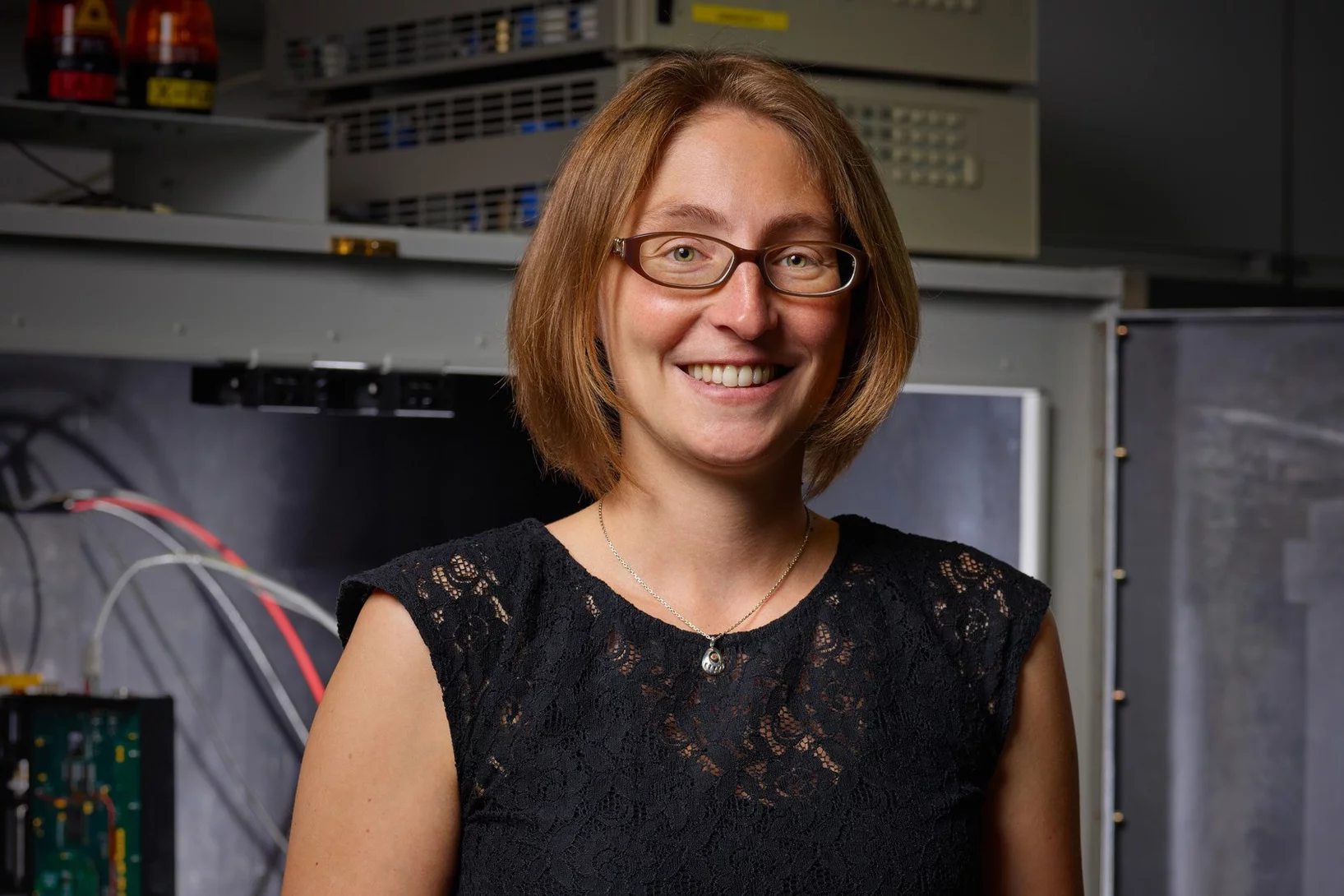PSI Stories
PSI expertise boosts research for the energy transition
Researchers from the Paul Scherrer Institute (PSI) are involved in several projects under the new National Research Programme Energy Turnaround (NRP70) of the Swiss National Science Foundation (SNSF). The PSI experts tackle issues such as particle emissions from wood heating systems, the holistic evaluation of energy systems and the production of semiconductor components for novel transformers.
Keeping geothermal energy on the table
A study by the Centre for Technology Assessment TA-Swiss, coordinated by the Paul Scherrer Institute, recommends further pursuing deep geothermal energy in Switzerland. The energy resources underground are vast, environmentally friendly to extract and available around the clock, the authors conclude. The earthquake risk and the cost of electricity production, which are still too high, however, remain challenges that society needs to weigh up against the advantages of deep geothermal energy.
Biomasse als Stütze der Energiewende
Mit 80 Teilnehmerinnen und Teilnehmern fand am 2. Dezember am Paul Scherrer Institut PSI die erste Jahreskonferenz des Kompetenzzentrums des Bundes für Bioenergie (SCCER BIOSWEET) statt. Das im Rahmen des Aktionsplans Energieforschung Schweiz gegründete Kompetenzzentrum definierte in der Tagung die Ziele, Strategien und Positionierung der Bioenergie-Forschung vor dem Hintergrund der neuen schweizerischen Energiepolitik.This news release is only available in German.
SwissFEL ready for assembly
Researchers from PSI have spent the last four years developing key technologies for the X-ray laser SwissFEL and subjecting them to the acid test in the injector test facility. Now that the development programme has drawn to a close, the installation of the new large research facility is due to get underway in early 2015.
Ist dies der richtige Zeitpunkt für ein waghalsiges Experiment?
PSI-Direktor Joël Mesot hat sich heute in der Aargauer Zeitung mit einem Gastkommentar zur Debatte um die Ecopop-Initiative geäussert. Lesen Sie hier seinen vollständigen Text.This news release is only available in German.
Das Kompetenzzentrum Speicherung zieht nach einem Jahr Bilanz
Am vergangenen 4. November fand am Paul Scherrer Institut das erste Jahressymposium des Kompetenzzentrum des Bundes für Forschung zu Strom- und Wärmespeicherung (SCCER Heat and Electricity Storage) statt. Vertreter aus den beteiligten Forschungsgruppen sowie aus Industrieunternehmen mit einem Bezug zum Thema Speicherung berichteten in ihren Vorträgen über die jüngsten Fortschritte auf dem Gebiet der Wärme- und Stromspeicherung in der Schweiz. Die Tagung zeigte die Intensität der Transformationen, die von der Energiestrategie 2050 in Gang gesetzt worden sind.This news release is only available in German.
During winter smog fire places put cars in the shade
On winter smog days in Switzerland wood burning is the main source of harmful carbon-containing fine particles. This is revealed by a large-scale Swiss study on fine particle pollution conducted over a five-year period by scientists at the Paul Scherrer Institute (PSI), the University of Bern and ETH Zurich.
A large research facilities disappears in the woods
The building of the new PSI large research facility SwissFEL in Würenlingen forest could only enjoy the sunshine for a brief spell: it is now disappearing under a mound of earth. This superstructure is one of the measures taken to integrate the facility as harmoniously as possible into the natural environment.
Foundation Stone Ceremony Marks Scientific Importance of ESS
Today, several hundred members of the European scientific community gathered at the European Spallation Source (ESS) construction site in Lund, Sweden, for the ESS Foundation Stone Ceremony. The event was held to lay the foundation’ both for the new facility, which has recently begun construction, and for a new generation of science in Europe.
The last piece of the puzzle
Julia H. Smith is a postdoctoral fellow working on detectors for the SwissFEL x-ray free electron laser, which can be envisioned as the eyes of the new PSI large research facility. During her time at PSI, she has a good chance of accompanying her detector up to its use at the new facility. Even more important than witnessing the first experiments at SwissFEL is acquiring new knowledge and skills during my time as a postdoc at PSI. Smith would like to continue working in the field of detectors and technology development after her postdoc – at a company or at another research institute.

